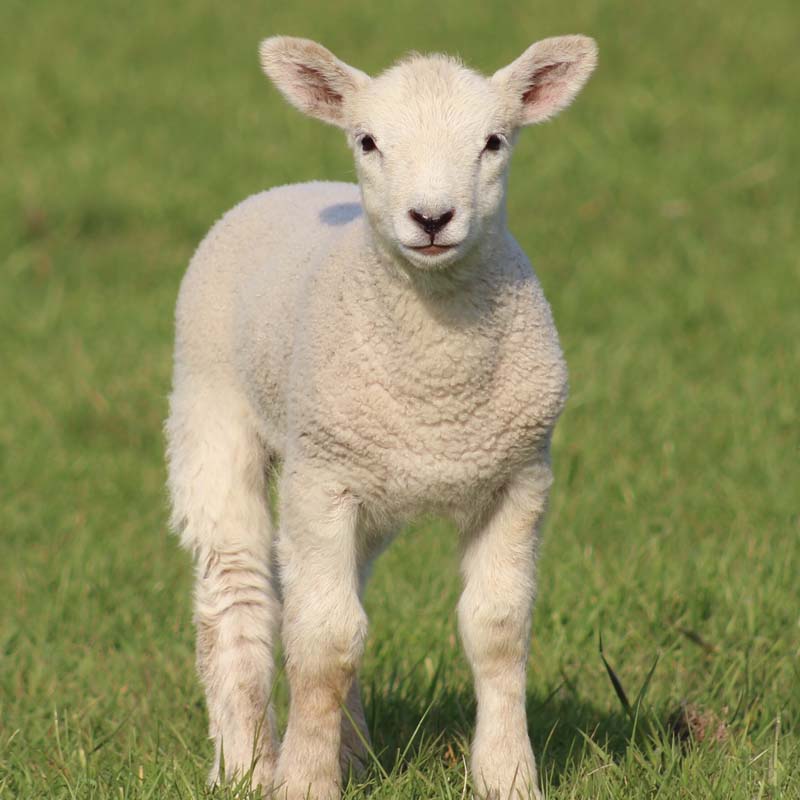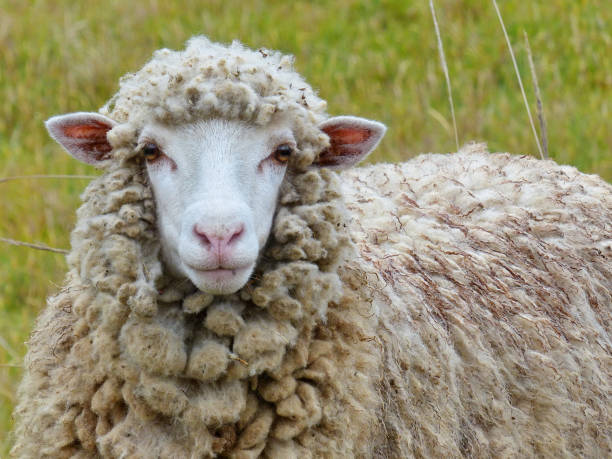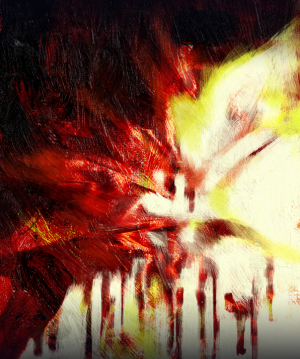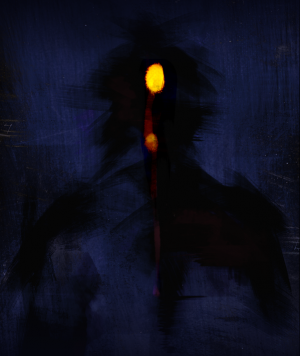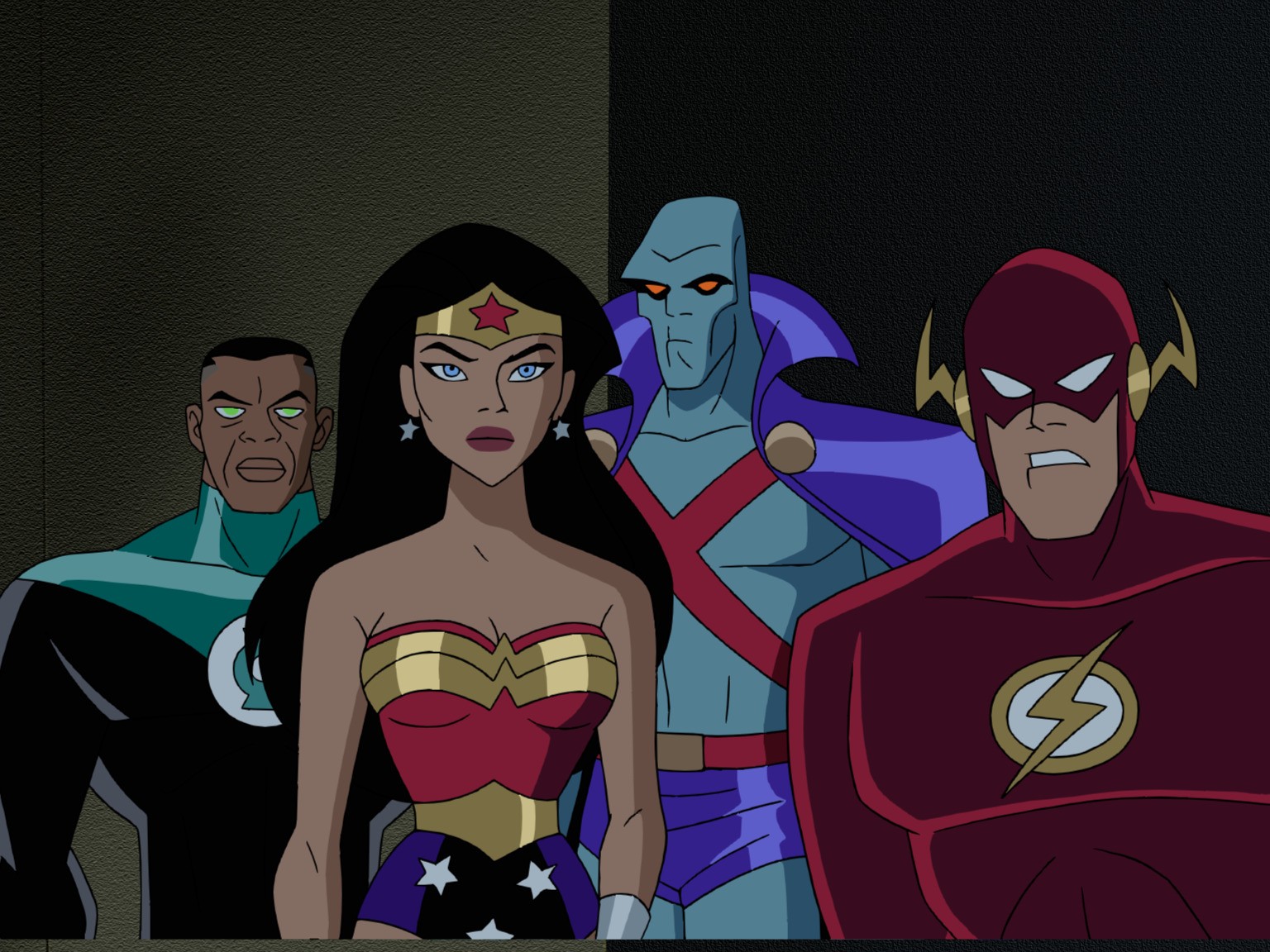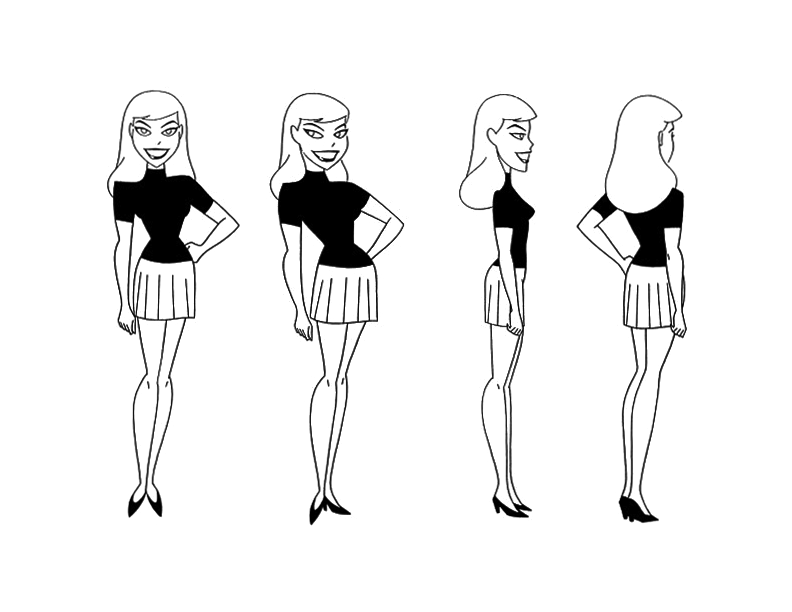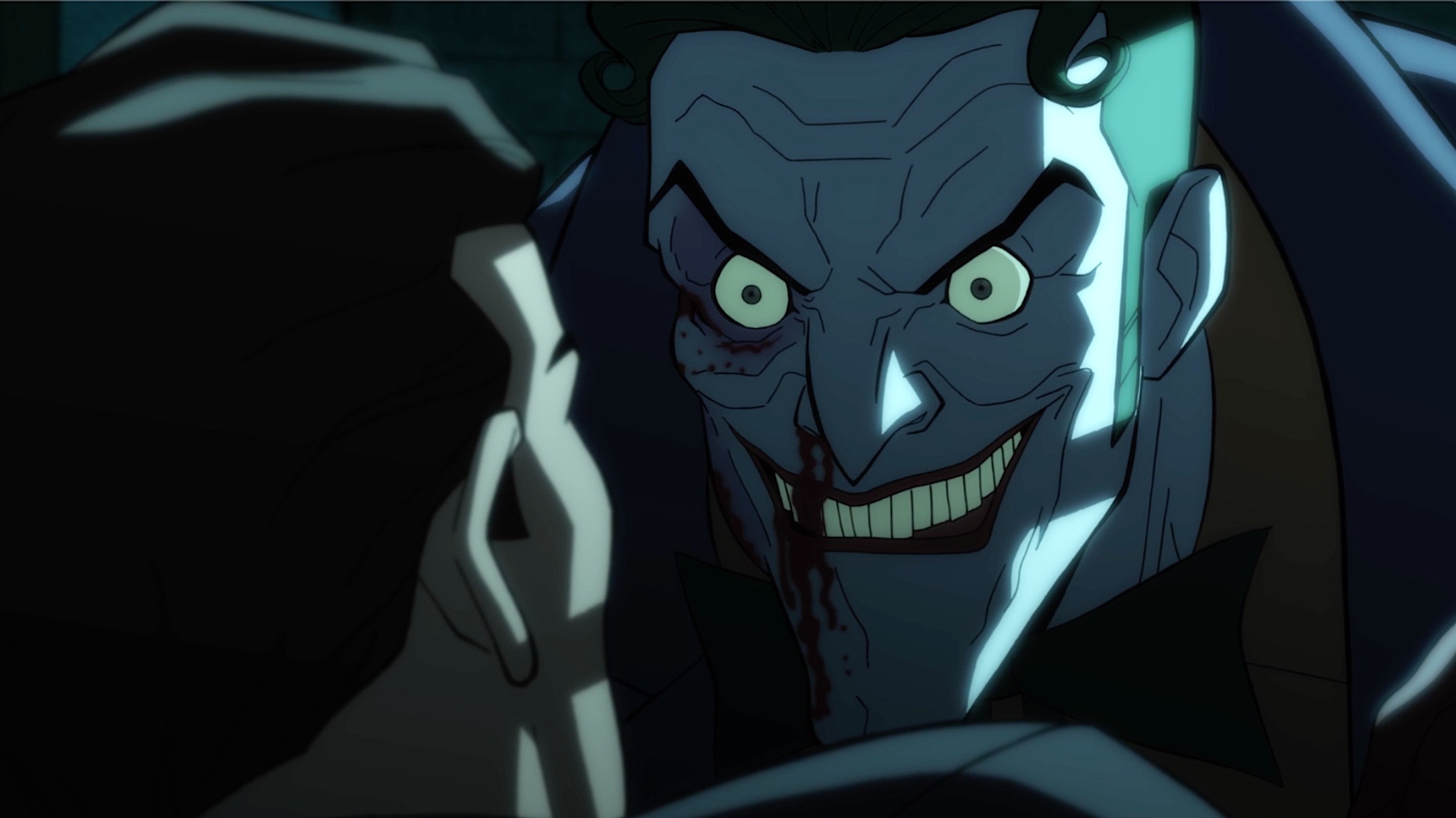I was part of Group H – Hard Wired. One thing I want to note immediately is that only the animation group and two of the game design students were active at all. This did impact our work quite significantly, but I think our game ended up being very successful regardless of inactive team members.
The initial idea was floated by Zach, and the group ended up agreeing that it would be the game we could make within the time frame we had. My primary roles in the group were art direction and animator, I believe modeller was a secondary role. I concepted for D3 and was the modeller, rigger and animator for the asset. There were a few tasks I didn’t end up doing for various reasons, and I’ll elaborate on that later on. A big part of this project was trying to figure out what would work, and that was definitely a struggle in terms of balancing tasks.
The game is inspired by DOOM and Ultrakill, they’re the main inspirations for aesthetic, gameplay and style in general. So all of us animation students pulled together our own moodboards so we could collate them later and see what we liked from each. Here’s mine.

It features images from DOOM, Ultrakill, and also old ‘sci-fi’ paintings that I thought matched our colour schemes pretty nicely.
I ended up making a quick style guide, and honestly it wasn’t very good, I wish I could’ve dedicated more time to fleshing it out, and also get more input from the other animation students. This is more of a hindsight thing. It’s also incomplete, it was forgotten during the process of production, and I didn’t have time to keep updating it with other assignments to do. I do think it helped us get an idea of what we were going for, but I definitely think having a more complete and in-depth style guide would’ve helped us.
Style Guide – Google Docs
I started concepting for D3, the protagonist. The ‘wow’ factor of our game was going to be the transforming gun model, which the modelling was being handled by a games design student. This ended up being not the most ideal arrangement, which again I’ll discuss later on. Below is the concept art I did for D3 and the gun. The concept colour schemes didn’t end up being used.


I wanted D3 to be sleek and feel like a new, advanced model. I used a lot of sharp, streamlined shapes and used dark metal to try and give that feeling of power. I took inspiration from things like Cyberpunk, because this is really far outside of my comfort zone.




I also concepted for props, but this was one of the only concepts that I finished and can find.

I also tested whether the gun idea would work, which initially it did. I had imported it into Unreal and it worked, but subsequent imports didn’t. After research I discovered that Unreal doesn’t like blendshapes that aren’t very very simple, which posed a problem because the gun was going to be pretty complex.
This was the animation on a test gun Brian modelled.
another with the arm animation together. I don’t think the arm animation ended up in the game, for some reason or another. It didn’t change beyond this animation test, I redid the blendshapes after rigging the arm, but it didn’t look any different, and it worked when I imported it into Unreal.
During this time, I was also modelling the arms. I first started in blender because I wanted to get more comfortable using the software, but I eventually changed back to Maya to save time and for retopology on some parts of the arm.


I also UV’s after doing retopo on some of the arm that was either too high poly or I thought needed cleaner topology.

Since the arm is so close to the camera, with the advice of Mate, we ended up using udims to get as high of quality textures as possible. I kept my uvs organised very specifically as well, they’re organised by the part of the arm.
After it became clear progressive blendshapes wouldn’t work, I ended up test rigging a gun using joints.

It worked in Unreal! It wasn’t much harder in the long run, so I ended up rigging the final gun this way too.
I ended up rigging the arm twice. I also learnt my lesson the hard way with skin weights.
My initial rig worked, but Josh wanted an extra set of joints at the knuckles so he could have better range of motion. This is an example of a task that was done because it was easier in engine, so I added the joints.

This was the old rig.
This was me testing out the first rig.

This was the first rig finished all together.
Then I redid the hand skin weights after adding the new joints, and it looked like:



I also made a short video displaying the rig as well. In game, the arms don’t really move, the melee is super quick and really the only thing the rig needed to do was move and close into a fist. I’d like the opportunity to play around more with complex rigging rather than the simple rig these arms needed.
I had initially combined the mesh at the direction of my lecturers, but this ended up being a pain. There were a lot of issues with the skin weights because of the amount of moving parts, I think in future I’m definitely only going to separate meshes for rigging if it’s a robotic character, especially if it’s complex.
Below are me figuring out skin weight issues. These specific issues aren’t problems in the final rig.


The finished rig had some skin weight issues, but because the game didn’t need anything dynamic, I chose to save the time and moved on to the other parts of the project, like rigging the gun. I’m going to revisit the rig later this summer to fix some of those issues.
There was a lot more mobility in the fingers after this, and while, yes, it was a struggle to get the skin weights working, especially on the fingers, I’m very happy with the result. I actually quite enjoyed rigging, my least favourite step is skin weights. I think it would be a lot more forgiving on an organic mesh, but because D3 is a robot, and therefore is supposed to be rigid, I had to be very precise.
The gun was done incorrectly at first modelling wise, which was flagged and me and Brian had a call where I went over what exactly needed to be added.

These are the gun transforms between each stage, Brian gave it to me for reference.
This video was me showing off the rig.
Here was the animation of the first stage.
Then this was of the 2nd stage, I believe.
This was to show what the smaller barrels would be like.
There wasn’t enough time prior to the playtest to fix the fact it wasn’t the correct gun so I rigged and animated what we had. It served as good practice for the final gun.
This is what the test gun looked like in engine.

Some playthrough footage of the gun in engine.
These were final versions of the transformations, there’s still small things that aren’t correct. I would’ve liked more things to play with on the model, but by this point there was a week before deadline and I needed to rig and animate the gun, plus leave some room for possible troubles. I decided to cut my losses and just get it finished. I had to wait a while for the gun to be done, so meeting the deadline was tight.


This is the gun textured, it deviates from the concepts, both the gun and arm textures do. I didn’t texture the gun, all textures were done by Mate, and they are beautiful!

This was a process image of my rig.

I did end up having problems, it seemed like a skin weights issue, but it wasn’t until I redid the skin weights in their entirety in a new file did the problem resolve.

I initially made the problem worse.

Then fixed it!

This video is showing off the final rig.
Again, a pretty simple rig, it is also scalable! As you can see in the outliner, I put it into a locator so it could scale correctly. I didn’t end up needing this feature because Josh could adjust the scale in Unreal, but I added it anyway.
Here’s the final animations shown in engine. These are stages 2-3



This video was a test of stage 5 but I ended up changing it.
These two were animations I did in case they wanted the cylinders to compress. I did two versions.

